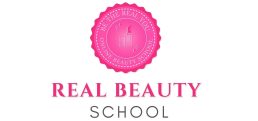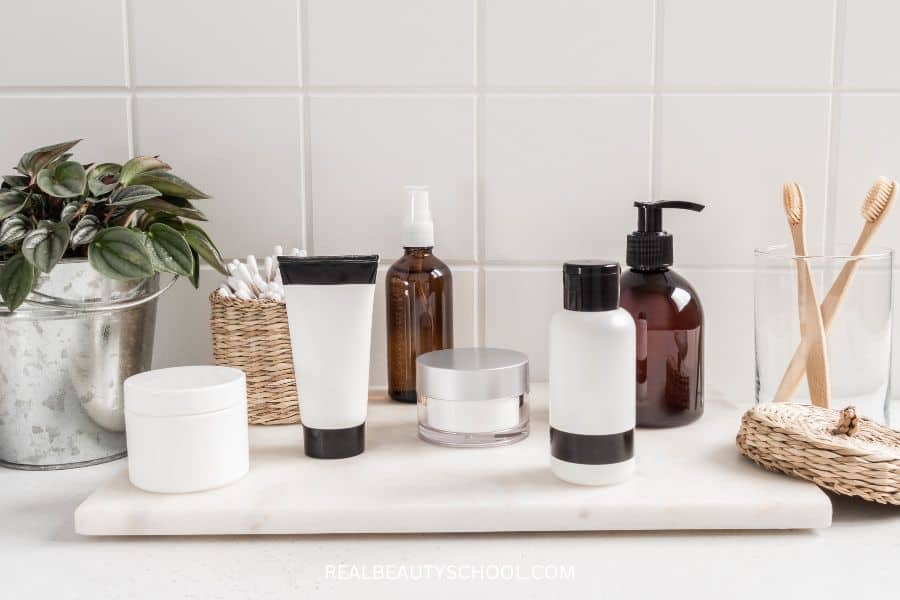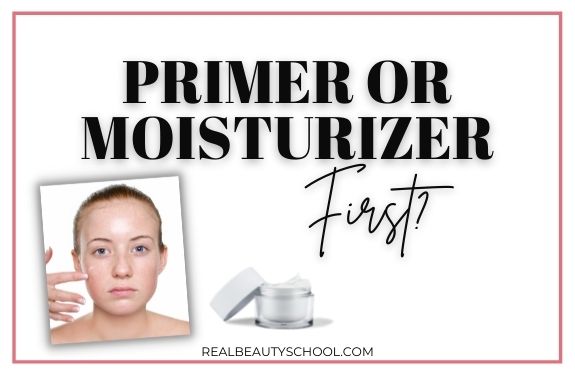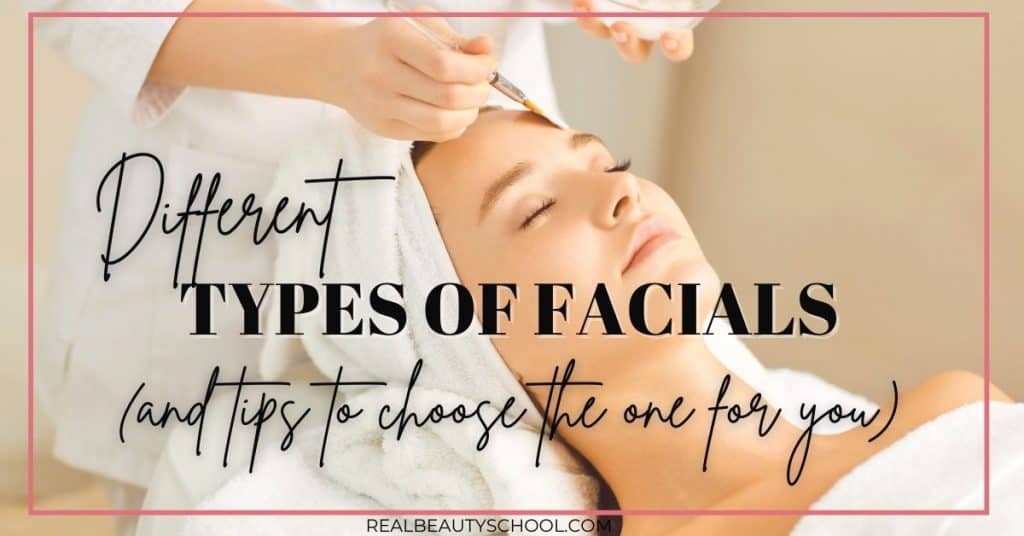Cleansing oils and cleansing balms have become increasingly popular in the world of skincare, and for good reason.
These products are designed to effectively remove dirt, makeup, and impurities from your skin without stripping away its natural oils.
In addition to their cleansing properties, many of these products also offer moisturizing and nourishing benefits to the skin.
But with so many options on the market, it can be overwhelming to choose the right one for your skin type and concerns.
This leads us to the question: “Which is better for your skin: cleansing oil or cleansing balm?”
In this article, we’ll explore the differences between cleansing oils and cleansing balms, and help you determine which one might be best for your skincare routine.
This post may contain affiliate links. That means if you click and buy, I may receive a small commission (at zero cost to you). Please see my full disclosure policy for details.
What are Cleansing Oils?

Cleansing oils are facial cleansers that use natural oils, such as coconut, argan, or jojoba oil, to remove dirt, makeup, and impurities from the skin.
Unlike traditional cleansers that can be harsh and strip away the skin’s natural oils, cleansing oils work by dissolving oil-based impurities and leaving the skin feeling soft and hydrated.
One of the key benefits of using a cleansing oil is that it is a gentle yet effective way to remove even the most stubborn makeup without causing irritation or dryness.
Additionally, cleansing oils are ideal for those with dry or sensitive skin, as they provide moisture and nourishment to the skin while cleansing.
Some popular cleansing oils on the market include:
- DHC Deep Cleansing Oil
- The Body Shop Cleansing Oil
- Kiehl’s Midnight Recovery Botanical Cleansing Oil
- Shu Uemura Cleansing Oil
- Tatcha Pure One Step Camellia Cleansing Oil
How to use Cleansing oil?
Here’s a step-by-step guide on how to use cleansing oil and incorporate it into your skincare routine:
1.Start with dry skin: Unlike traditional water-based cleansers, cleansing oils should be applied to dry skin.
Begin by removing any makeup or sunscreen with a micellar water or a makeup remover wipe.
2.Apply the cleansing oil: Take a small amount of the cleansing oil (usually a few pumps or drops) and massage it onto your dry face with your fingertips.
Focus on areas where you have more makeup or impurities.
3.Massage the skin: Massage your skin for 1-2 minutes, using gentle, circular motions.
This helps the oil to break down and dissolve any makeup, dirt, or impurities on your skin.
4.Emulsify the oil: Wet your hands with warm water and continue massaging your face.
The oil will emulsify and turn into a milky texture, which helps to remove any remaining impurities from your skin.
5.Rinse off: Rinse your face thoroughly with warm water, making sure to remove all the cleansing oil residue from your skin.
You can also use a soft cloth or muslin cloth to gently wipe away any remaining traces of the oil.
6.Follow up with a water-based cleanser: Even though cleansing oil is effective at removing makeup and impurities, it’s important to follow up with a water-based cleanser to ensure that all the oil is removed from your skin.
This also helps to clean your pores and balance your skin’s pH levels.
7.Continue with your skincare routine: After cleansing, continue with your usual skincare routine, including toner, serums, moisturizer, and sunscreen.
Incorporating cleansing oil into your skincare routine can be a great way to remove impurities and nourish your skin at the same time.
You can use it once or twice a day, depending on your skin type and concerns.
Remember to patch test any new products before using them on your entire face, and to consult with a dermatologist or skincare professional if you have any concerns or questions.
What are cleansing balms?

Cleansing balms are similar to cleansing oils in that they are designed to dissolve makeup and impurities on the skin.
However, instead of using oils as their primary ingredient, cleansing balms typically use a combination of natural butters and waxes, such as shea butter or beeswax.
When applied to the skin, cleansing balms transform from a solid balm into a silky oil-like texture that effortlessly melts away makeup and dirt.
One of the main benefits of using a cleansing balm is its ability to remove even the most stubborn, waterproof makeup, making it an excellent option for those who wear heavy makeup.
In addition to their cleansing properties, many cleansing balms also offer nourishing benefits to the skin.
The natural ingredients in cleansing balms help to hydrate and soften the skin, leaving it feeling plump and healthy.
Some popular cleansing balms on the market include:
- Banila Co Clean It Zero Cleansing Balm
- Clinique Take the Day Off Cleansing Balm
- Farmacy Green Clean Makeup Removing Cleansing Balm
- Elemis Pro-Collagen Cleansing Balm
How to Use Cleansing Balm
To use a cleansing balm and incorporate it into your skincare routine, follow these simple steps:
Step 1: Begin with dry skin: Start by removing any makeup or impurity with micellar water or a makeup remover wipe (try using reusable wipes)
Step 2: Apply the cleansing balm: Take a small amount of the cleansing balm (usually a coin-sized amount) and warm it up between your palms to melt it into an oil-like texture.
Then, massage the balm onto your dry face using your fingertips. Focus on areas where you have more makeup or impurities.
Step 3: Massage the skin: Massage your skin for 1-2 minutes, using gentle, circular motions.
This helps the balm to break down and dissolve any makeup, dirt, or impurities on your skin.
Step 4: Emulsify the balm: Wet your hands with warm water and continue massaging your face.
The balm will emulsify and turn into a milky texture, which helps to remove any remaining impurities from your skin.
Step 5: Rinse off: Rinse your face thoroughly with warm water, making sure to remove all the balm residue from your skin.
You can also use a soft cloth or muslin cloth to gently wipe away any remaining traces of the balm.
Step 6: Follow up with a water-based cleanser: Even though cleansing balm is effective at removing makeup and impurities, it’s important to follow up with a water-based cleanser to ensure that all the balm is removed from your skin.
This also helps to clean your pores and balance your skin’s pH levels.
Step 7: Continue with your skincare routine: After cleansing, continue with your usual skincare routine, including toner, serums, moisturizers, and sunscreen.
Incorporating cleansing balm into your skincare routine can be a great way to remove impurities and nourish your skin at the same time.
You can use it once or twice a day, depending on your skin type and concerns.
Remember to patch test any new products before using them on your entire face, and to consult with a dermatologist or skincare professional if you have any concerns or questions.
How are Cleansing Oils and Cleansing Balms Different?
While both cleansing oils and cleansing balms are designed to remove makeup and impurities from the skin, there are some notable differences between the two.
Texture and consistency
Cleansing oils are typically lightweight and have a thin, oily consistency.
They can feel quite greasy on the skin at first, but they emulsify easily when mixed with water, turning into a milky liquid that can be rinsed away easily.
Cleansing balms, on the other hand, are solid at room temperature and have a thicker, buttery texture.
When applied to the skin, they melt into an oil-like texture, which makes them feel very luxurious and nourishing on the skin.
Skin types
Cleansing oils are generally better suited for those with oily or combination skin, as they are lightweight and won’t leave a heavy residue on the skin.
They are also great for removing lighter makeup and impurities and can be gentler on the skin.
Cleansing balms, on the other hand, are ideal for those with dry or mature skin, as they are more hydrating and nourishing.
They are also highly effective at removing heavy makeup and impurities, making them a great choice for those who wear a lot of makeup.
Potential drawbacks
One potential drawback of using cleansing oils is that they can sometimes be too lightweight to effectively remove heavy makeup and impurities.
Additionally, some cleansing oils may contain ingredients that can be irritating to sensitive skin.
Cleansing balms, on the other hand, may be too heavy for those with oily or acne-prone skin, as they can leave a residue on the skin that can clog pores.
They may also be more difficult to rinse away than cleansing oils.
In conclusion, both cleansing oils and cleansing balms have their benefits and drawbacks, and the choice between the two ultimately depends on your individual skin type, concerns, and preferences.
is cleansing balm or cleansing oil better?

There is no straightforward answer to whether cleansing balm or cleansing oil is better, as it ultimately depends on your individual skin type, concerns, and personal preference.
Cleansing oils are typically more lightweight and can be more suitable for those with oily or combination skin.
They are also great for removing lighter makeup and impurities, and can be gentler on the skin.
On the other hand, cleansing balms are usually more nourishing and hydrating, making them an excellent choice for those with dry or mature skin.
They are also highly effective at removing heavy makeup and impurities, and can leave the skin feeling soft and supple.
Ultimately, the choice between a cleansing balm or cleansing oil comes down to your individual needs and preferences.
Some people prefer the lightweight texture of cleansing oils, while others enjoy the nourishing benefits of cleansing balms. It’s important to experiment with different products and find what works best for your skin.
What is better for oily skin cleansing balm or oil?
For oily skin, cleansing oil may be a better option than a cleansing balm as it is typically lighter and less likely to leave a heavy residue on the skin.
Cleansing oils are often formulated to dissolve and remove excess oil, dirt, and makeup without stripping the skin of its natural oils.
However, it’s important to note that everyone’s skin is different and what works best for one person may not work for another.
Double cleansing Method: Here’s what you need to know

Double cleansing is a popular cleansing method that doctors recommend that involves cleansing you face two times, usually using two different cleansers to thoroughly clean your skin.
The first cleanser, usually an oil-based cleanser, is used to remove any makeup, sunscreen, and impurities on the surface of your skin.
The second cleanser, typically a water-based cleanser, is used to deep-clean your pores and remove any remaining dirt or debris.
If you do not double cleanse, your skin may not be thoroughly clean and can result in several issues. Oil-based impurities, such as makeup, sunscreen, and sebum, can clog your pores and lead to acne breakouts. Additionally, environmental pollutants and bacteria can accumulate on your skin’s surface and contribute to premature aging, dullness, and uneven skin texture.
By double cleansing with an oil-based cleanser, you ensure that all the impurities are removed from your skin, allowing the subsequent water-based cleanser to effectively clean and balance your skin’s pH.
This can help prevent breakouts, improve the appearance of pores, and boost the effectiveness of your other skincare products.
Furthermore, double cleansing can provide nourishment and hydration to your skin, especially if you use a cleansing oil that contains beneficial ingredients like antioxidants, vitamins, and essential oils.
This can help keep your skin healthy and radiant.
Overall, skipping the double cleanse step can result in skin that is not thoroughly clean and may be more prone to breakouts and premature aging.
Double cleansing with an oil-based cleanser followed by a water-based cleanser is a simple but effective way to keep your skin healthy, clean, and radiant.
Do Cleansing balms clog pores?
Cleansing balms are typically formulated to be non-comedogenic, which means they should not clog pores.
However, as with any skincare product, there is always the potential for an individual to have an adverse reaction or for a specific ingredient in the product to cause clogged pores.
If you have oily or acne-prone skin, it’s always a good idea to check the ingredients list of a cleansing balm and patch test it on a small area of your skin before incorporating it into your regular skincare routine.
It’s also important to make sure you are thoroughly removing the cleansing balm from your skin, either by rinsing with water or using a warm, damp cloth, to prevent any leftover residue from potentially clogging your pores.
Should I use an oil-based cleanser everyday?

Whether or not you should use an oil-based cleanser every day depends on your skin type, concerns, and the specific product you are using.
In general, it is safe to use an oil-based cleanser every day, as long as it is the right product for your skin and you are using it correctly.
If you have oily or acne-prone skin, you may want to use an oil-based cleanser less frequently, as it can sometimes exacerbate these concerns.
However, if you have dry or sensitive skin, using an oil-based cleanser daily can help to nourish and hydrate your skin.
When using an oil-based cleanser, it’s important to follow the instructions carefully and to use it in conjunction with a water-based cleanser to ensure that all impurities and residue are removed from the skin.
You should also be aware of the ingredients in the product you are using, and avoid any that are known to be irritating or allergenic.
Ultimately, the decision to use an oil-based cleanser every day is a personal one, and depends on your individual skin needs and preferences.
If you are unsure whether an oil-based cleanser is right for you, it’s always a good idea to speak with a dermatologist or skincare professional for personalized advice.
Benefits of using Oil-based cleansers: Oil or Balm

- Effectively removes makeup: Oil-based cleansers can easily dissolve and remove even waterproof makeup, making them a great first step in your cleansing routine.
- Gentle on the skin: Oil-based cleansers are typically gentle and non-irritating, making them suitable for all skin types, including sensitive skin.
- Helps maintain skin’s natural moisture: Oil-based cleansers can help to balance the skin’s natural oil production, leaving the skin hydrated and moisturized.
- Clears out impurities: The oil in oil-based cleansers can help to dissolve and clear out impurities such as dirt, pollution, and excess oil from the skin.
- Can improve skin texture: Regular use of oil-based cleansers can help to improve the texture and appearance of the skin by removing dead skin cells and unclogging pores.
- Can help reduce the appearance of fine lines and wrinkles: Based on studies Oil-based cleansers can help to reduce the appearance of fine lines and wrinkles by keeping the skin hydrated and plump.
5 Common Mistakes when using oil-based cleansers
Oil-based cleansers are a game-changer when it comes to getting rid of stubborn makeup and impurities, but using them isn’t as simple as just slapping some on your face and washing it off.
Trust me, I’ve made plenty of mistakes when trying to incorporate oil-based cleansers into my skincare routine!
From not using enough product to forgetting to double cleanse, it can be tricky to get it right.
But fear not, because, with a little bit of knowledge and practice, you can master the art of oil-based cleansing and enjoy all the amazing benefits it has to offer!
- Not using enough cleansing oil or cleansing balm: Using too little product can result in insufficient cleansing and leave behind impurities, makeup, and sunscreen.
- Not double cleansing to remove the excess oil: Failing to follow up with a water-based cleanser or not thoroughly removing the oil with warm water can lead to clogged pores, breakouts, and other skin issues.
- Using cold water: Using cold water to rinse off the cleansing oil or balm can cause the oil to solidify and clog pores, as well as leaving behind a greasy film on the skin.
- Not massaging the skin enough: Not massaging the skin for at least 1-2 minutes can result in the product not being able to dissolve and remove impurities effectively.
- Not patch testing: Not testing the cleansing oil or balm on a small area of the skin before applying it to the entire face can result in allergic reactions or skin irritation.
- Using the wrong type of oil: Using oils that are comedogenic or not suitable for your skin type can lead to clogged pores, breakouts, and other skin issues.
Final thoughts on Cleansing oils vs cleansing balms
So, there you have it folks, the great showdown between cleansing oils and cleansing balms!
As we have seen, both products have their pros and cons, and the winner ultimately depends on your personal preferences and skin type.
Whether you prefer the silky texture of a cleansing oil or the luxurious feel of a balm, both products can effectively remove impurities and leave your skin feeling nourished and hydrated.
So why not give both a try and see which one becomes your new skincare staple?
Happy cleansing!
Bye bye!
Valeria
More skincare-related posts:
- 10 Best ways to remove your makeup at night
- How to Apply/use Niacinamide and why you need to try this skincare ingredient!
- Cleanser vs toner: Difference and how to use each!
- Toner vs Micellar water: Difference and when to use
- Lotion vs Moisturizer: Which is the best for your skin?



